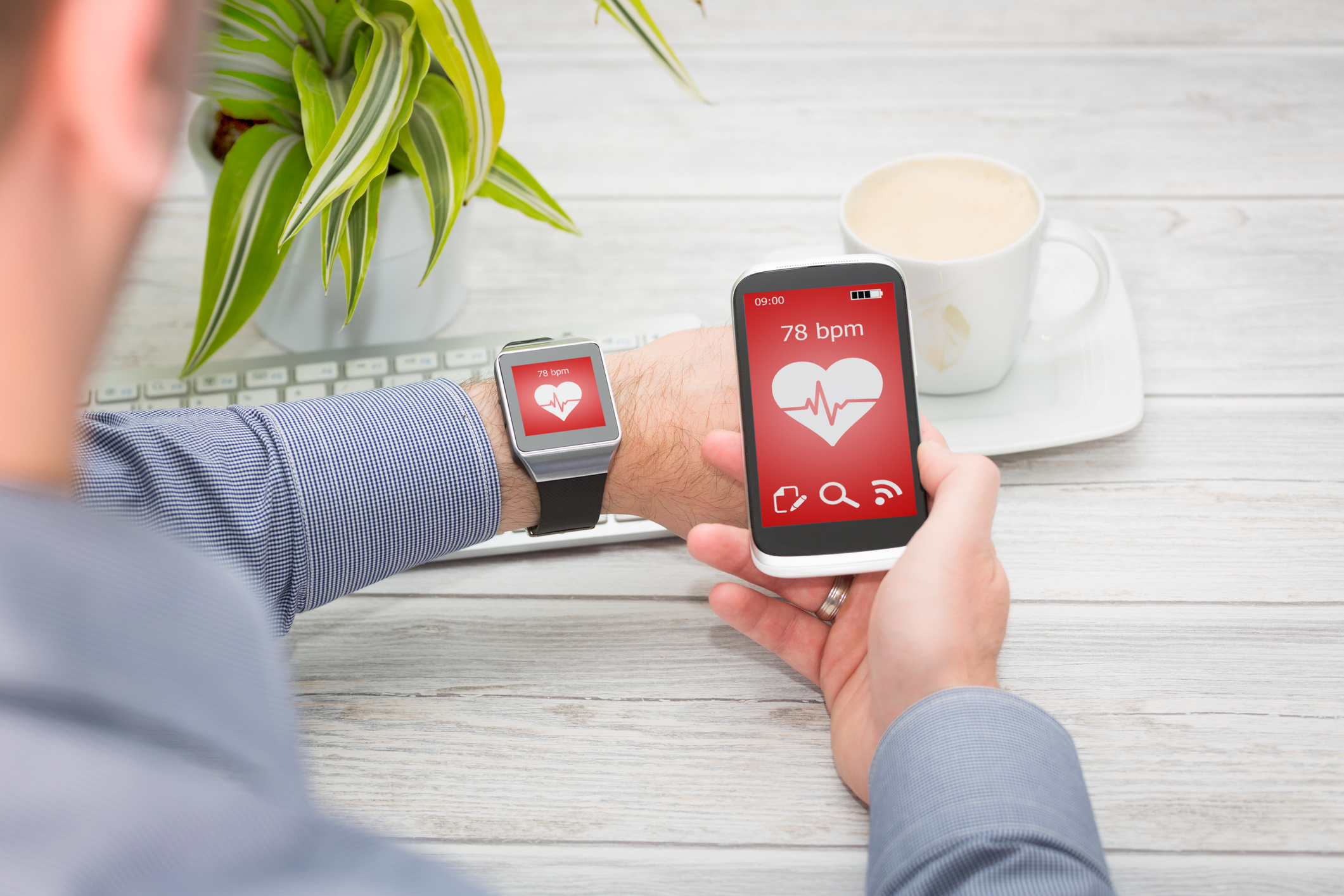The future of smart health monitoring has arrived. A new version of the Apple Watch, unveiled Wednesday, includes technology that will help aging adults remain at home with a greater sense of security. And for seniors who have resisted their adult children’s wishes for them to wear a medical alert device, this generation of wearable will satisfy even the coolest of grandmas. And the display will be 30 percent larger than past models with a new edge to edge design, a boon for aging eyes.
The Apple Watch Series 4 will come equipped with an accelerometer and gyroscope to detect when a fall occurs and be able to send a call for emergency help as well as a message to alert family if there is no movement after 60 seconds. The Series 4 will also have a heart rate sensor and by downloading an ECG (electrocardiogram) app, users will be able to send important health data directly to their doctor, a first in the health technology wearable marketplace.
And it all that wasn’t enough, the heart rate sensors will also be able to detect atrial fibrillation, thanks to the new watch’s FDA clearance. According to the Centers for Disease Control and Prevention, as many as 6.1 million Americans may have Afib, and with a rapidly aging population, this number is expected to rise sharply over the next 20 years.
Falls are a leading cause of hospitalization, injury and loss of function among older adults. And while there is a huge push to have seniors remain at home as long as possible to optimize health care dollars, how to ensure older adults are safe at home is a common concern for loved ones. Falls continue to be a key factor that frequently leads to a move into assisted living and a loss of independence for seniors. With more education about fall prevention and faster emergency response, it is hoped that injury and functional decline associated with falls in older age can be minimized.
The Series 4 watch will be available to purchase beginning September 21 with a price tag starting at $399 US; add another $100 for those who also want cellular connectivity.






Add Your Voice
0 Comments
Join the Discussion